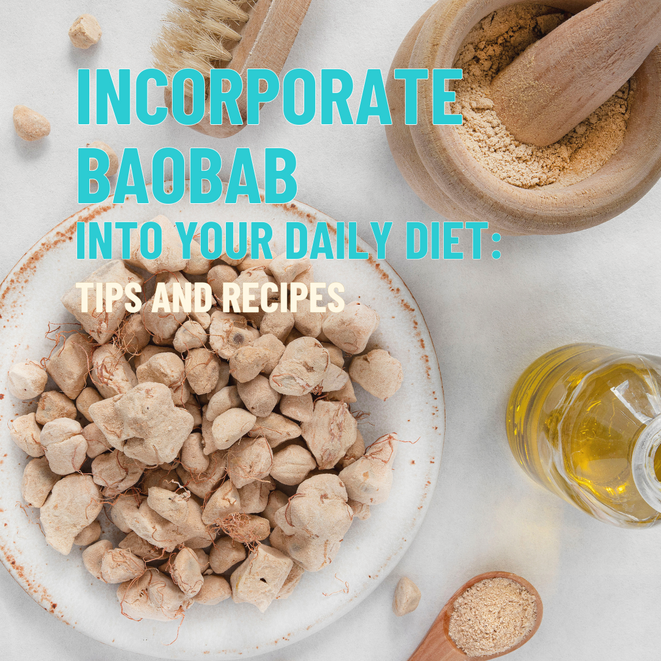What The Research Says About Baobab
Baobab is a native African fruit, in more recent years the western world has started to explore the nutritional benefits of the baobab fruit and how it can support our overall health. Baobab contains a whole host of nutrients, these include: Vitamin C, manganese, iron, calcium and potassium. In addition to this, it’s also rich in fibre and contains around 45-50g of fibre per 100g. Due to the rich nutrient profile of baobab we’re becoming increasingly interested in how it can benefit our health. the studies which do have are looking more and more promising. The research around baobab is limited due to funding, however, we do have a small amount of research which demonstrates promising benefits. In part one of this article, we’re highlighting the role of Baobab on cognitive function and gut health. However, in the second part of this article we’ll be focusing on how Baobab can impact energy, hydration and skincare.
The Role of Baobab On Cognitive Function
One study conducted on 20 individuals assessed the impact of a smoothie containing 15g of baobab on cognitive function and reaction time. The evidence showed that 90 minutes after consuming the smoothie containing baobab, the participants reaction time and cognitive function was acutely improved compared to the control smoothie without baobab. Further evidence is required to fully understand the mechanism behind this although the results appear promising.
The Role Of Baobab On Gut Function
Baobab is rich in fibre which plays an important role in feeding the bacteria within the gut. Commensal bacteria (otherwise known as good bacteria) in the gut ferment the fibre to sustain their presence, additionally, they produce short chain fatty acids (SCFAs) in the form of acetate, propionate and butyrate. These short chain fatty acids produced in the gut have been significantly associated with beneficial health outcomes. SCFAs are transported across the gut lining into the bloodstream and play a pivotal role in regulating metabolism, reducing inflammation and disease management.
In addition to the provision of fibre, some evidence has highlighted the role of baobab on reducing post-prandial glycaemic response. Post prandial glycaemic response is the amount of sugar which enters the blood stream following a meal or snack.
Furthermore, preliminary in vitro evidence suggests that baobab has promising prebiotic potential. This study performed dialysis treatments to remove simple sugars from the baobab and found significant increases in the SCFAs; propionate and acetate. Some samples demonstrated increases in butyrate too. Furthermore, microbial changes included increases in the beneficial bacteria; Bacteroides, bifidobacteria, lactobacillus and firmicutes. Whilst this research seems promising further in vivo studies are required to support the prebiotic potential of baobab.
Evidently, thus far there’s convincing evidence on the role of Baobab supporting our general wellbeing, although more research is certainly needed to understand the benefits in more detail.
Recommended products
Baobab Boost
Mighty Ginger
Mixed case
REFERENCES
Foltz, M., Zahradnik, A. C., Van den Abbeele, P., Ghyselinck, J., & Marzorati, M. (2021). A Pectin-Rich, Baobab Fruit Pulp Powder Exerts Prebiotic Potential on the Human Gut Microbiome In Vitro. Microorganisms, 9(9), 1981.
Bycroft, A., & Coe, S. (2017). The acute effect of a baobab fruit (Adansonia digitata) smoothie on cognitive function in healthy adults. Proceedings of the Nutrition Society, 76(OCE1).



